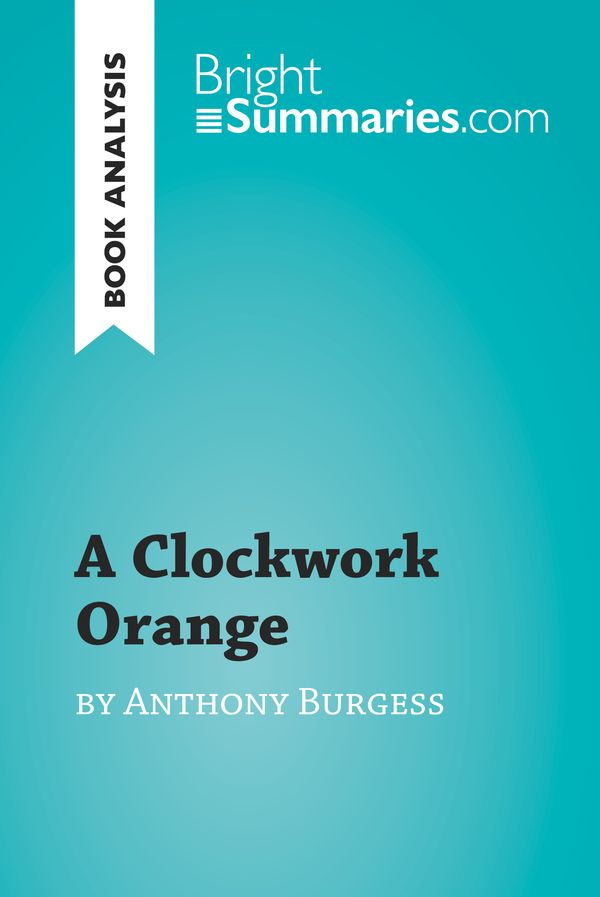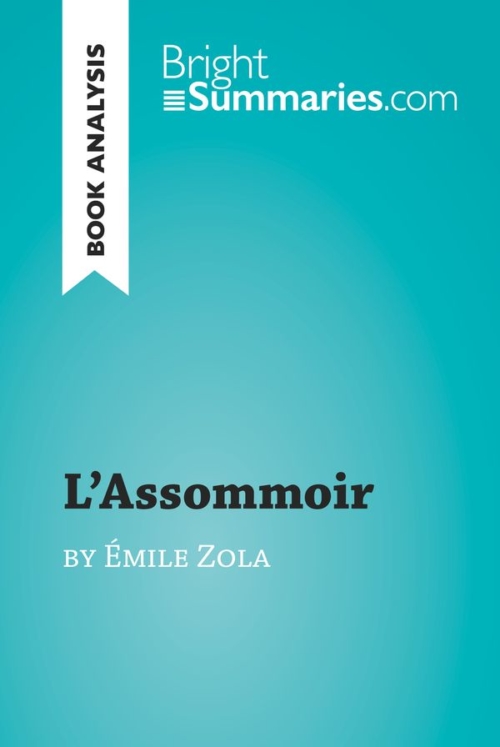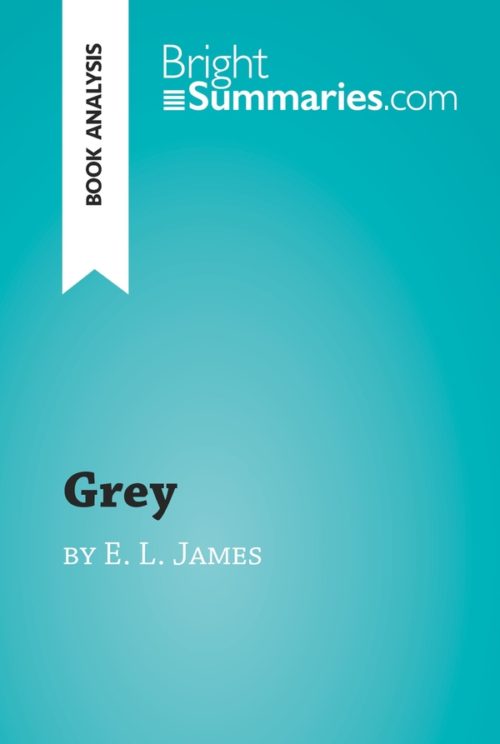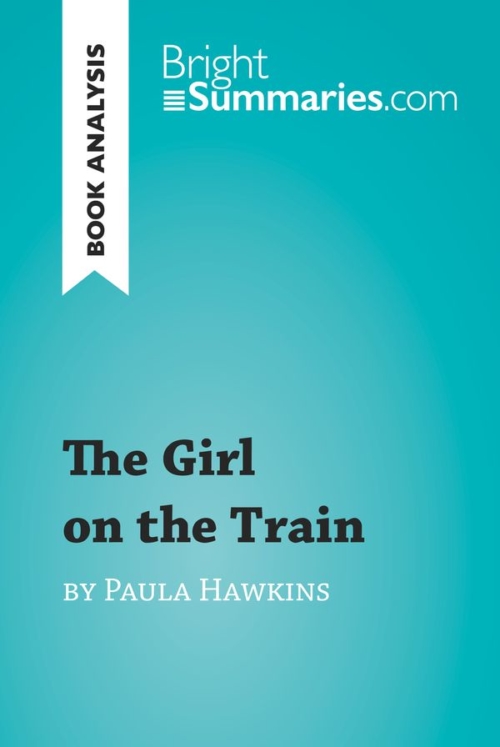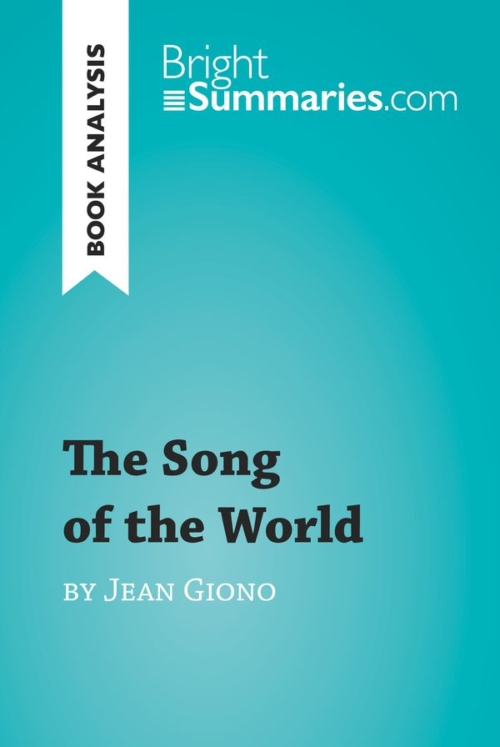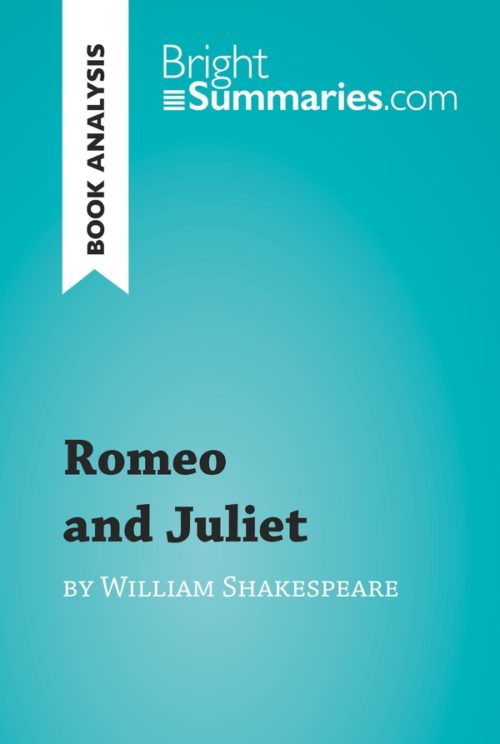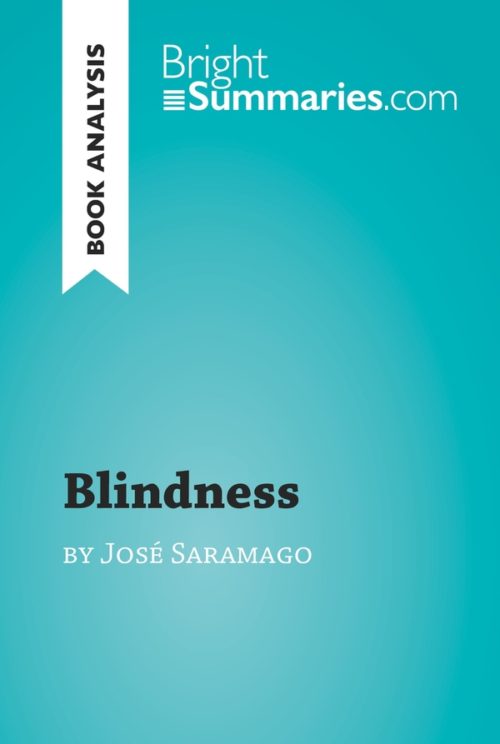A Clockwork Orange by Anthony Burgess (Book Analysis)
A Clockwork Orange by Anthony Burgess (Book Analysis)
Detailed Summary, Analysis and Reading Guide
Read more
This practical and insightful reading guide offers a complete summary and analysis of A Clockwork Orange by Anthony Burgess. It provides a thorough exploration of the novel’s plot, characters and main themes, including youth culture, good and evil, and the role of the government. The clear and concise style makes for easy understanding, providing the perfect opportunity to improve your literary knowledge in no time.
This clear and detailed 54-page reading guide is structured as follows:
- Biography of Anthony Burgess
- Presentation of A Clockwork Orange
- Summary of A Clockwork Orange
- Character study
- Alex
- Dim
- Pete
- P. R. Deltoid
- Prison Chaplain
- F. Alexander
- Dr. Brodsky
- Analysis of A Clockwork Orange
- ‘A bleak future’
- ‘Somewhere in the future…’
- ‘Born bad?’
- ‘My droogs’
- ‘An iron curtain has fallen…’
- The end
About A Clockwork Orange
A Clockwork Orange was first published in 1962 and bears the influence of the events of the 1960s, including the rise of youth subcultures, the mounting tensions of the Cold War and the development of behaviourism in psychology. It tells the story of Alex, who revels in violence until her undergoes a new psychological treatment that profoundly alters the way he sees the world and effectively takes away his free will.
The book met with a lukewarm reception when it first appeared; it was not until Stanley Kubrick’s 1971 film adaptation of the same name that it met with both acclaim and notoriety. It was banned in numerous US schools in the 1970s because of fears of copycat acts, but it is now regularly included on lists of the greatest novels of the 20th century.
About Anthony Burgess
Anthony Burgess was an English writer and composer who is best known for his 1962 novella A Clockwork Orange. His other works include Nothing Like the Sun, a fictional biography of Shakespeare, and Napoleon Symphony: A Novel in Four Movements, which is based on the life of the French emperor. His writing often explores themes such as the dark side of modern life, the duality of good and evil and distrust of government and the authorities, and has influenced writers including Irvine Welsh (Trainspotting) and directors including Stanley Kubrick.
Product details
| ISBN | 9782808014588 |
|---|---|
| Publisher | Plurilingua Publishing |
| Collection | Brightsummaries.com |
| Format | |
| Pages | 54 |
| File size | 2.2 MB |

